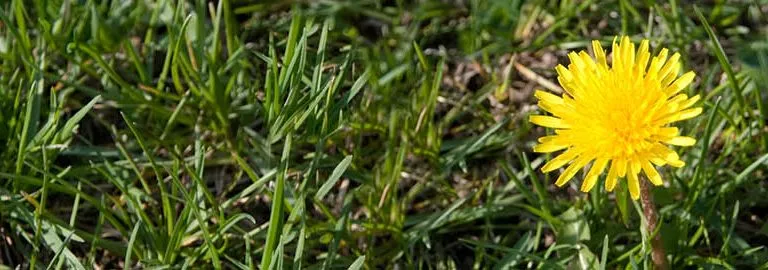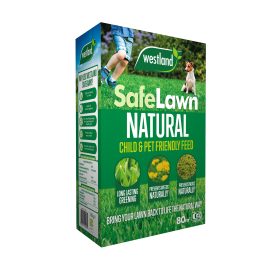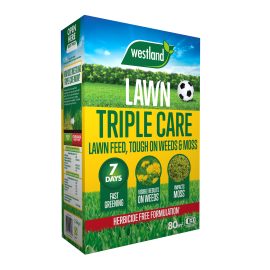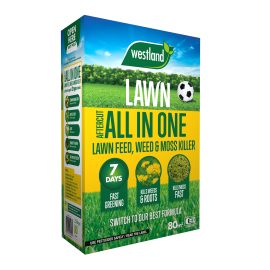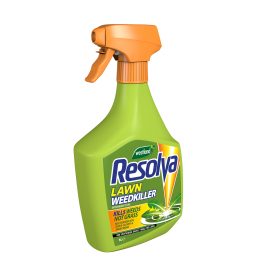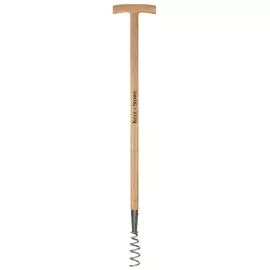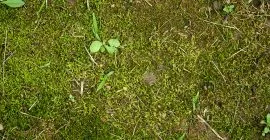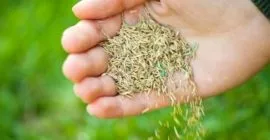Lawn weeds can be the bane of any gardener’s life, disrupting the lush green appearance of your grass and competing with it for nutrients, water, and sunlight. However, with the right approach, you can effectively tackle these unwelcome invaders and maintain a healthy, thriving lawn. Here’s how to remove lawn weeds and keep them at bay for good.
When to Tackle Lawn Weeds
Spring
Weed growth starts to increase in spring so this makes it the ideal time to apply a granular treatment to get the problem under control, as they compete for the same space as your lawn.
Summer
Weeds grow rapidly in hot weather and are best to treat in the morning or evenings when it is cooler to avoid scorching the surrounding lawn. If your lawn is under stress from drought it is best to leave weedkiller applications until it has passed.
Autumn
In early autumn weeds are diverting their energy and expanding their root system underground, controlling weeds now will reduce competition for the lawn in spring.
Manual Removal of Lawn Weeds
For smaller infestations, manual removal is an effective and eco-friendly option.
- Hand-pulling: Use your hands or a weeding tool to pull weeds, ensuring you remove the entire root system. Weeds like dandelions can regrow if any part of the root is left behind. Try using a corkscrew weeder, specially designed to remove weeds from lawns. The corkscrew weeder has a corkscrew design which easily enters the ground and pulls out the entire root. You simply twist in a clockwise motion and lift to pull out the root. It is very important to remove all the root system of each weed otherwise new plants will simply grow back from each of the pieces left behind.
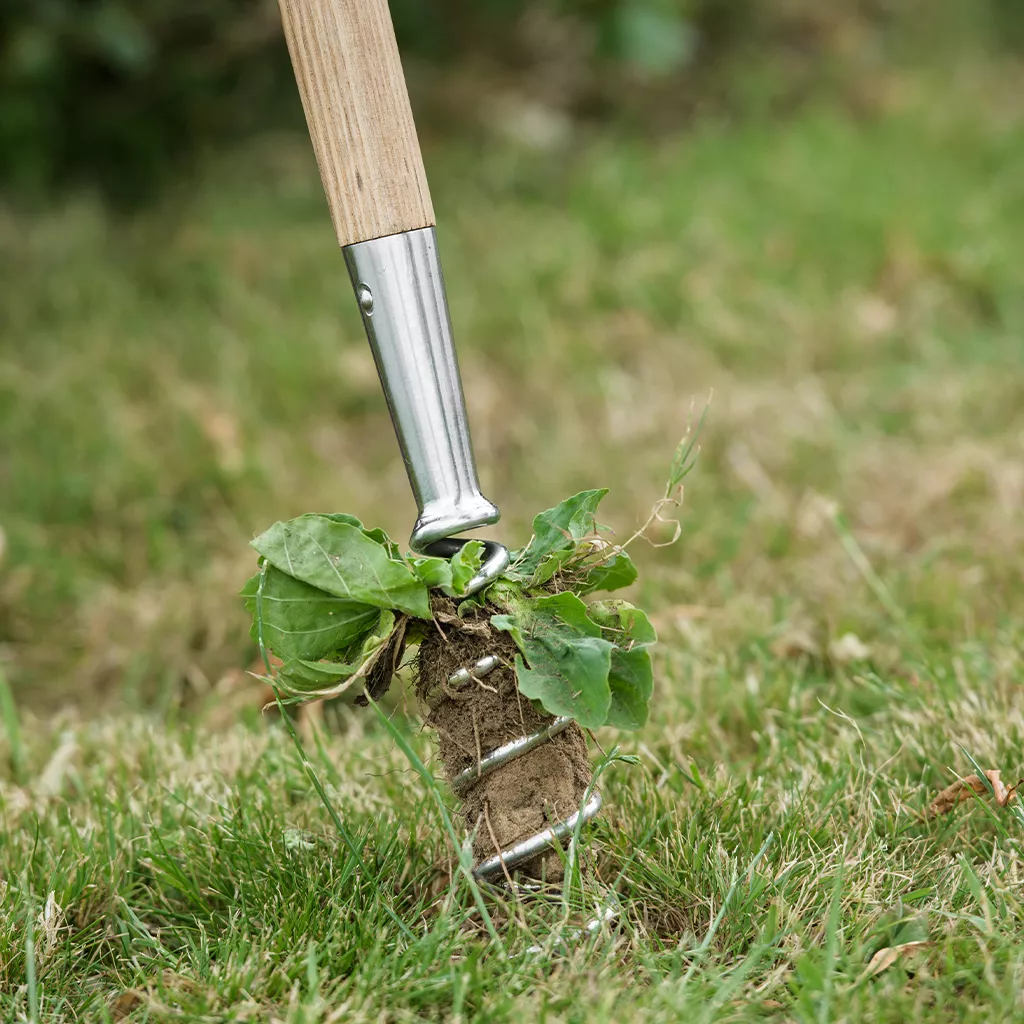
- Spot Treatment: To tackle occasional lawn weeds, use a weedkiller designed for use on grass such as Resolva Lawn Weedkiller. This is important as if you use a general purpose weedkiller, it will kill your grass as well. This ready to use spray can be directed straight onto common weeds such as buttercup, daisy, dandelion, and clover.

Tip: Removing weeds when the soil is moist makes it easier to extract the roots.
Apply Lawn Weedkillers
For persistent weeds or widespread areas of weedy lawns, it is best to treat them with a lawn feed, weed and moss killer, such as Aftercut All in One. This will boost the lawn while tackling weeds and moss.
Apply the granules, using a spreader, and leave for the product to get to work. The weeds will first grow vigorously and then die. Once dead they can be removed and disposed of as per label instructions. 6 weeks after application you can apply grass seed to fill in any patches and thicken up your lawn.
Watch our video to find out how you can get the lawn you want with Aftercut All In One.
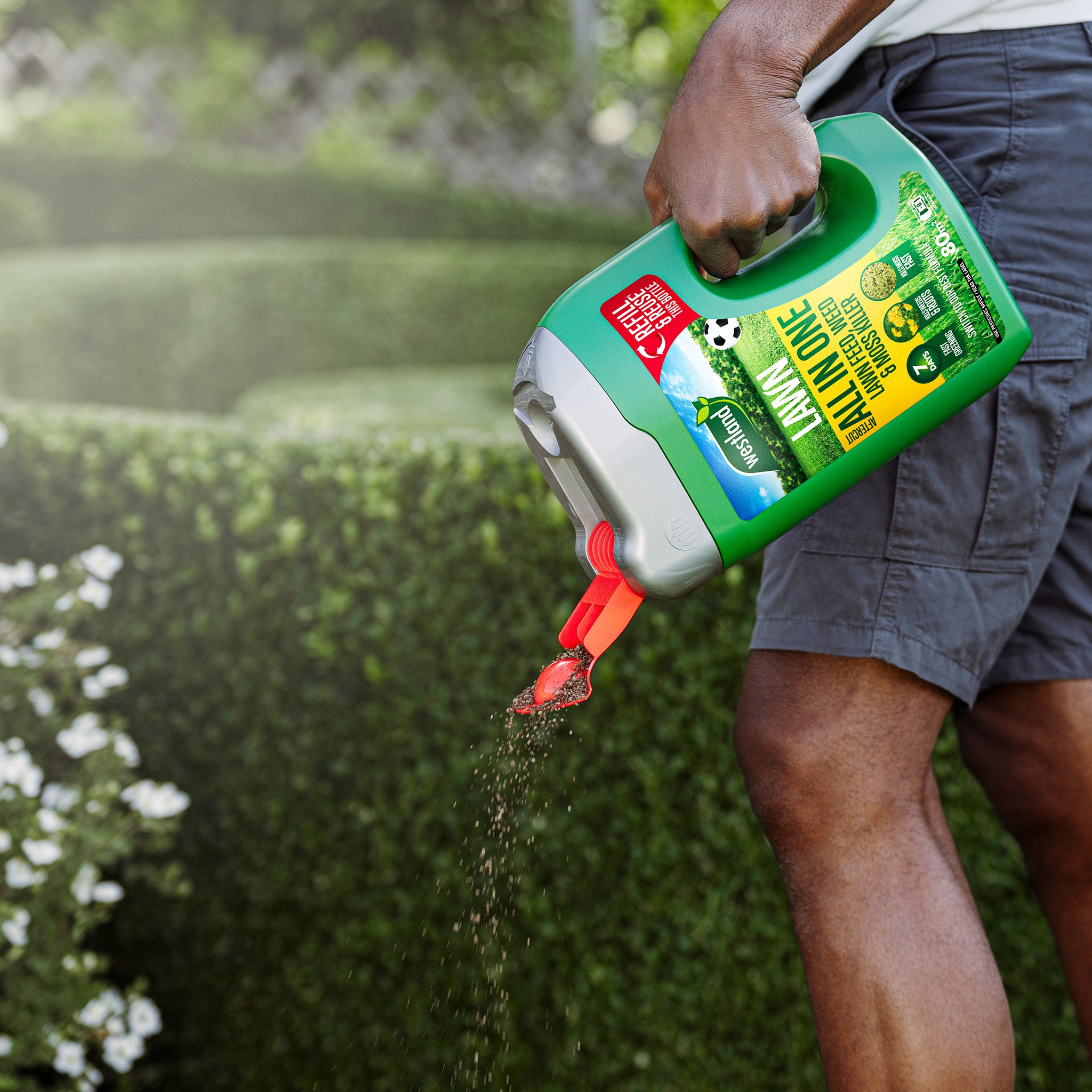
Mowing your Lawn
Improper mowing can weaken your grass and encourage the growth of lawn weeds.
- Mow at the Right Height: Keep your grass slightly taller (about 2.5–3 inches) to shade the soil and prevent weed seeds from germinating.
- Don’t Scalp the Lawn: Cutting grass too short leaves it vulnerable to weed invasion.
Improve Lawn Health
Healthy grass is your best defense against lawn weeds. A thick, healthy lawn crowds out weeds, leaving little room for them to grow. Strengthen your lawn with these tips:
- Aeration: Aerate your lawn annually to improve soil health and drainage. Using a lawn aerator or garden fork, you can remove cores of the soil and grass to improve the movement of oxygen, water, and nutrients to the grass roots.
- Fertilisation: Feed your lawn regularly with SafeLawn Natural Lawn Feed. This lawn feed is a child and pet friendly option that will help grass to outcompete weeds and prevent them from establishing again. It will also feed your lawn all year round, as well as create a thicker, stronger lawn. All you need to do is apply every 3-4 weeks from February to September when the grass is actively growing.
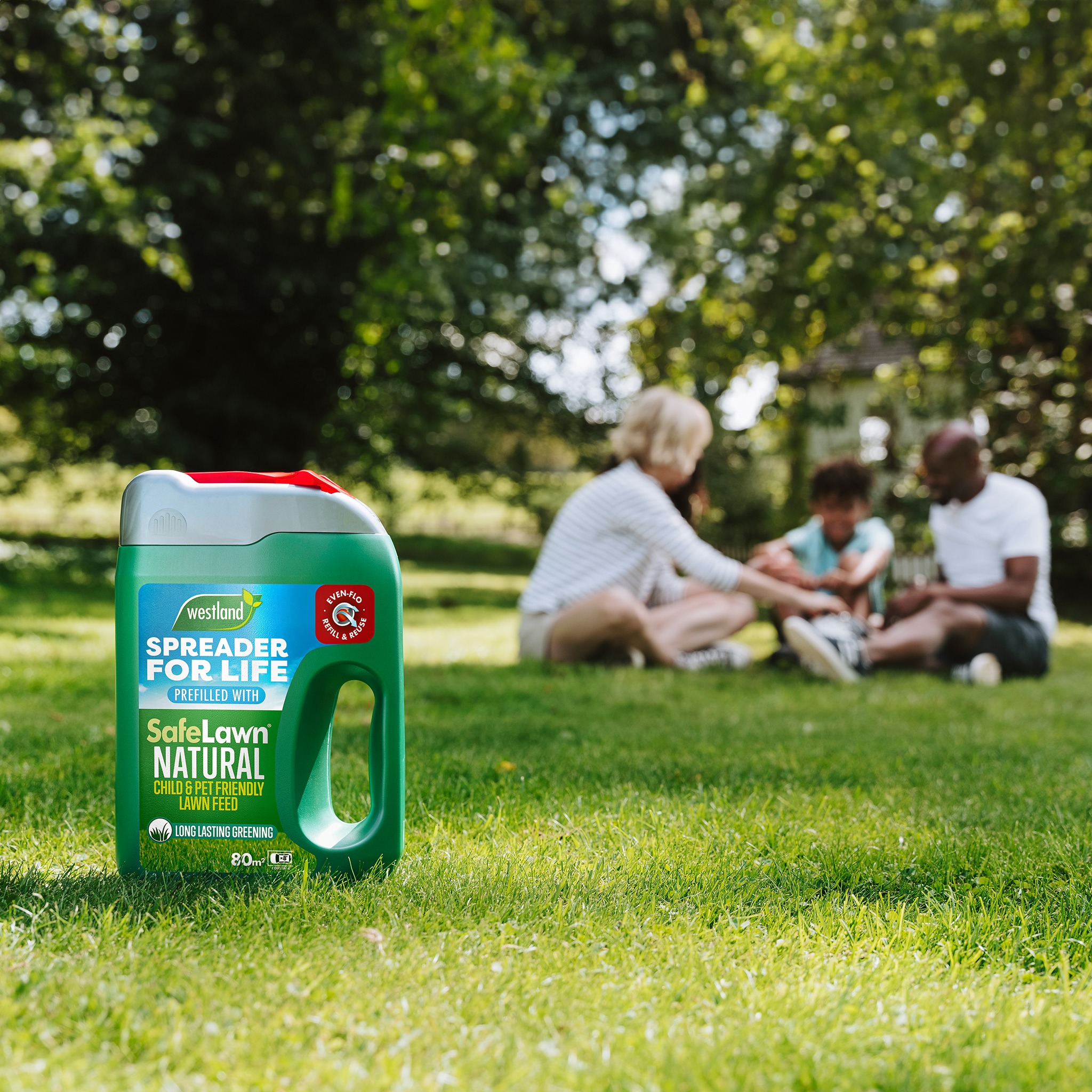
- Watering: Water deeply and less frequently to promote strong root development. A sprinkler is great for watering your lawn for even water distribution over a large area.
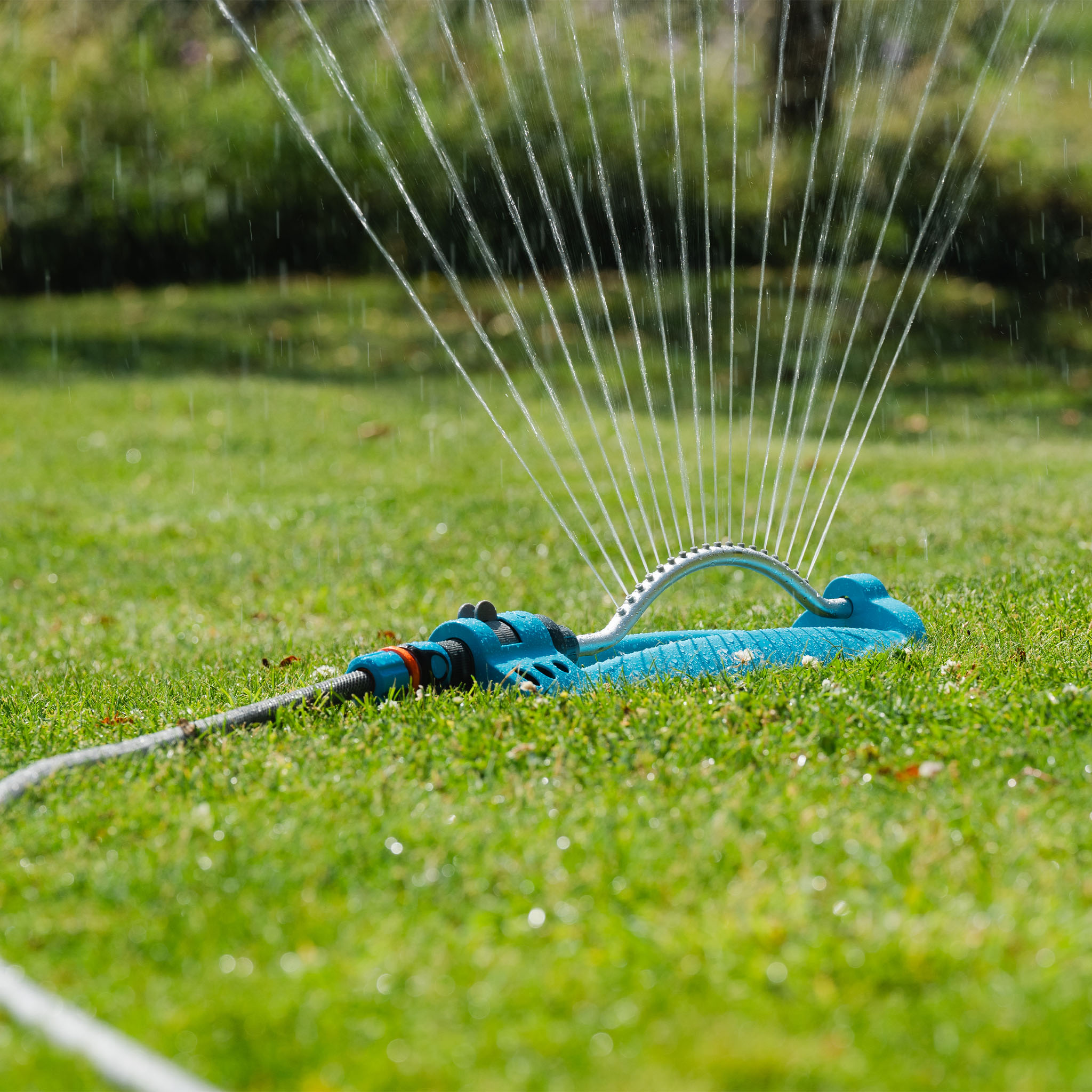
Regular Maintenance for Weed Free Lawns
Consistent care is key to preventing the return of lawn weeds.
- Remove weeds as soon as you spot them.
- Overseed bare patches promptly to prevent weeds from taking hold.
- Maintain a routine mowing and watering schedule.

